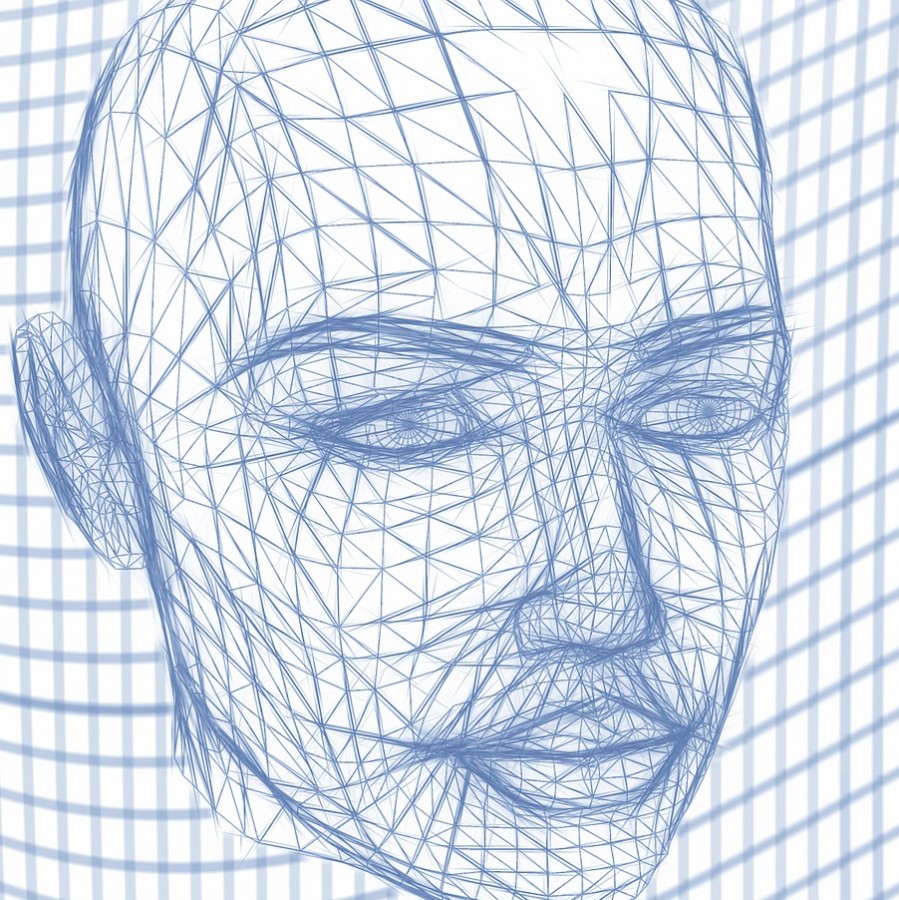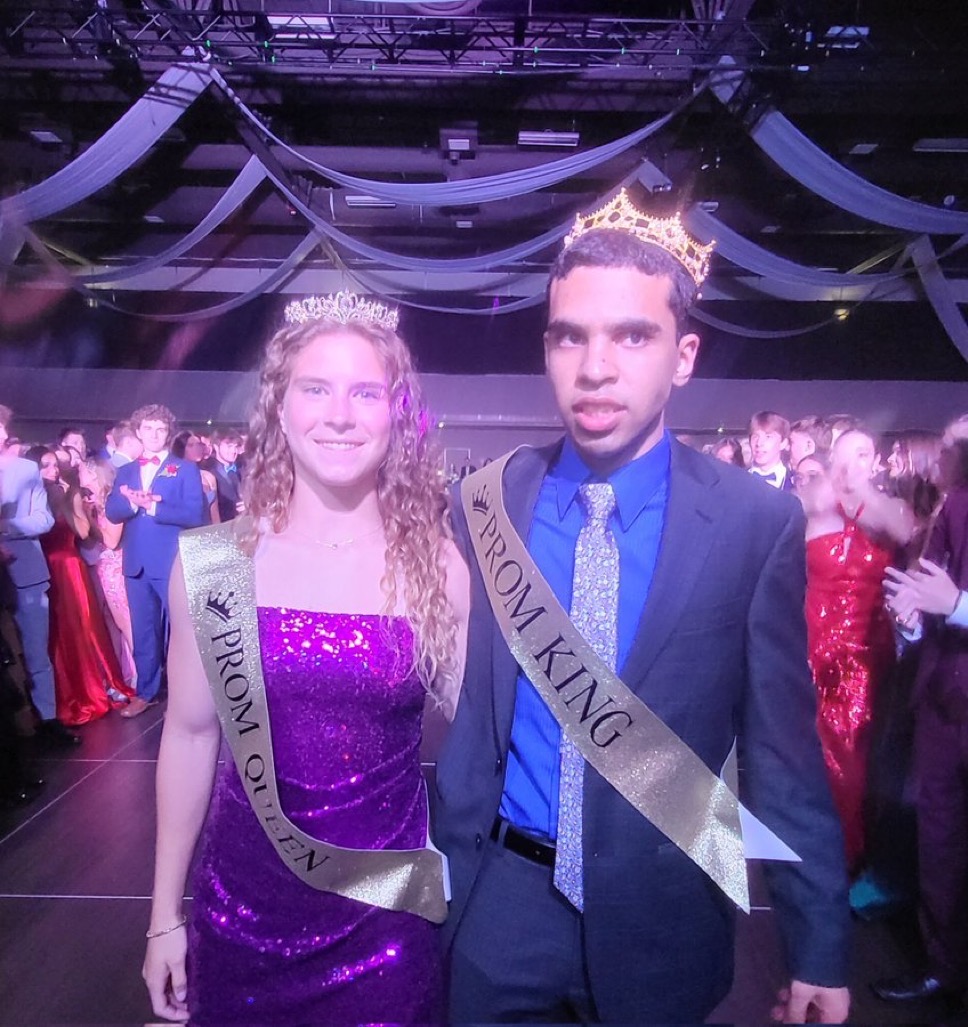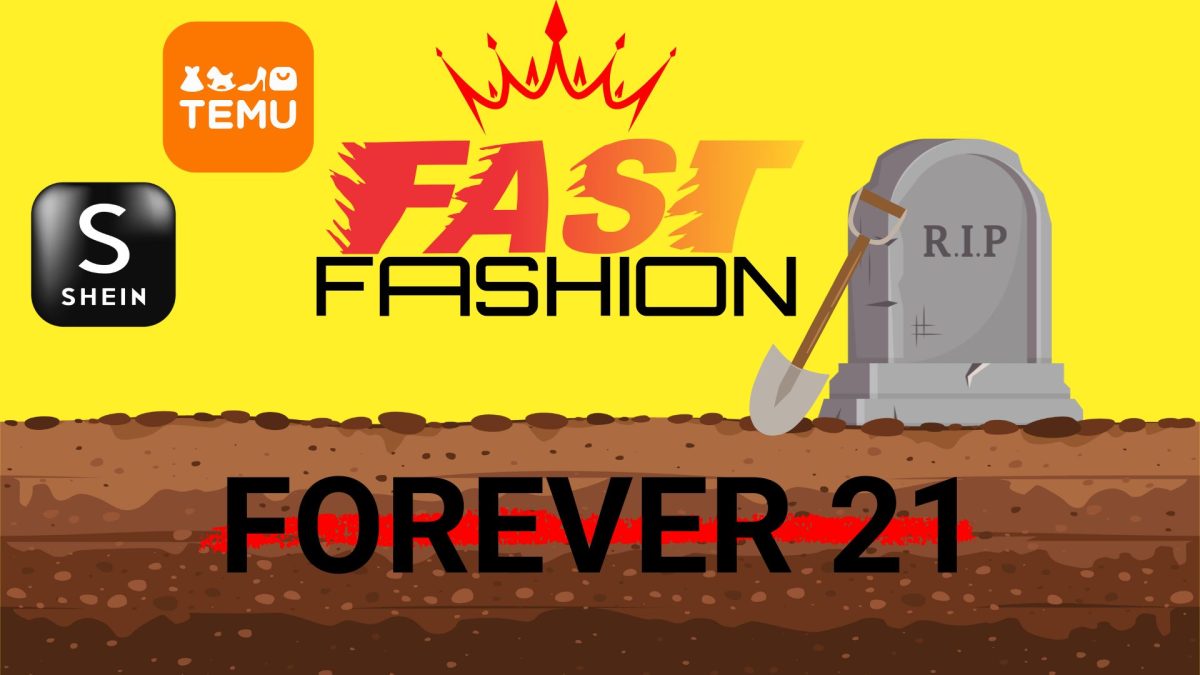Synthetic media has become substantially more convincing as technology continuously becomes more advanced.
Deep Fakes are an example of synthetic media. They are forgery videos or audio recordings that look and sound similar to the real person. All around the world, people are using Deep Fakes by taking a person in an existing image or video and replacing it with someone else’s likeness.
What began as the innocent swapping of celebrities’ faces to create memes has developed a secondary purpose: defamation of character. This ranges from putting a face of someone else on a pornstar to putting words into politicians’ mouths.
Today anyone can create fake videos by downloading Deep Fake software. The goal of deception and manipulation can be achieved through the utilization of Deep Fake’s powerful techniques. Examples of said techniques are machine learning and artificial intelligence. These softwares can be used to generate visual and audio content.
Deep Fakes are most chiefly recognized for their use in celebrity pornography, revenge porn, fake news, malicious hoaxes and financial fraud. These uses have amassed attention– especially from industries and governments resulting in the detection and limitation of the software.
The visual deceit relies on a type of neural network called an autoencoder, consisting of an encoder (which reduces an image to a lower dimensional latent space) and a decoder (which reconstructs the image from the latent representation). Deep Fakes employ a universal encoder which computes a person into the quiescent space.
The Deep Fake’s architecture detects key features about the subject’s facial features and body posture. The target’s detailed information is superimposed on the underlying facial and body features of the original video, represented in the dormant space.
Deep Fakes can misrepresent politicians and have the potential to sway elections if the truth can no longer be deciphered.
In April 2020, the Belgian branch of Extinction Rebellion published a Deep Fake video of Belgian Prime Minister Sophie Wilmès on Facebook, which propagated a possible link between deforestation and COVID-19. This is just one example of the many occurrences of political slandering due to Deep Fake technology.
The potential chicanery has stirred unrest among many.
Politician Marco Rubio stated, “In the old days, if you wanted to threaten the United States, you needed 10 aircraft carriers, and nuclear weapons, and long-range missiles. Today, you just need access to our internet system, to our banking system, to our electrical grid and infrastructure, and increasingly… the ability to produce a very realistic fake video that could undermine our elections, that could throw our country into tremendous crisis internally and weaken us deeply.”
Tim Hwang, director of the Ethics and Governance of AI Initiative at the Berkman-Klein Center and MIT Media Lab, seemingly disagrees with this Rubio’s level of concern. “As dangerous as nuclear bombs? I don’t think so. I think that certainly the demonstrations that we’ve seen are disturbing. I think they’re concerning and they raise a lot of questions, but I’m skeptical they change the game in a way that a lot of people are suggesting,” he expressed.
Fake news and disinformation has been circulating for quite some time. Time will only tell the magnitude of deceit caused by Deep Fake hacking. For now, it is up to individuals to question the validity of the media’s information.









